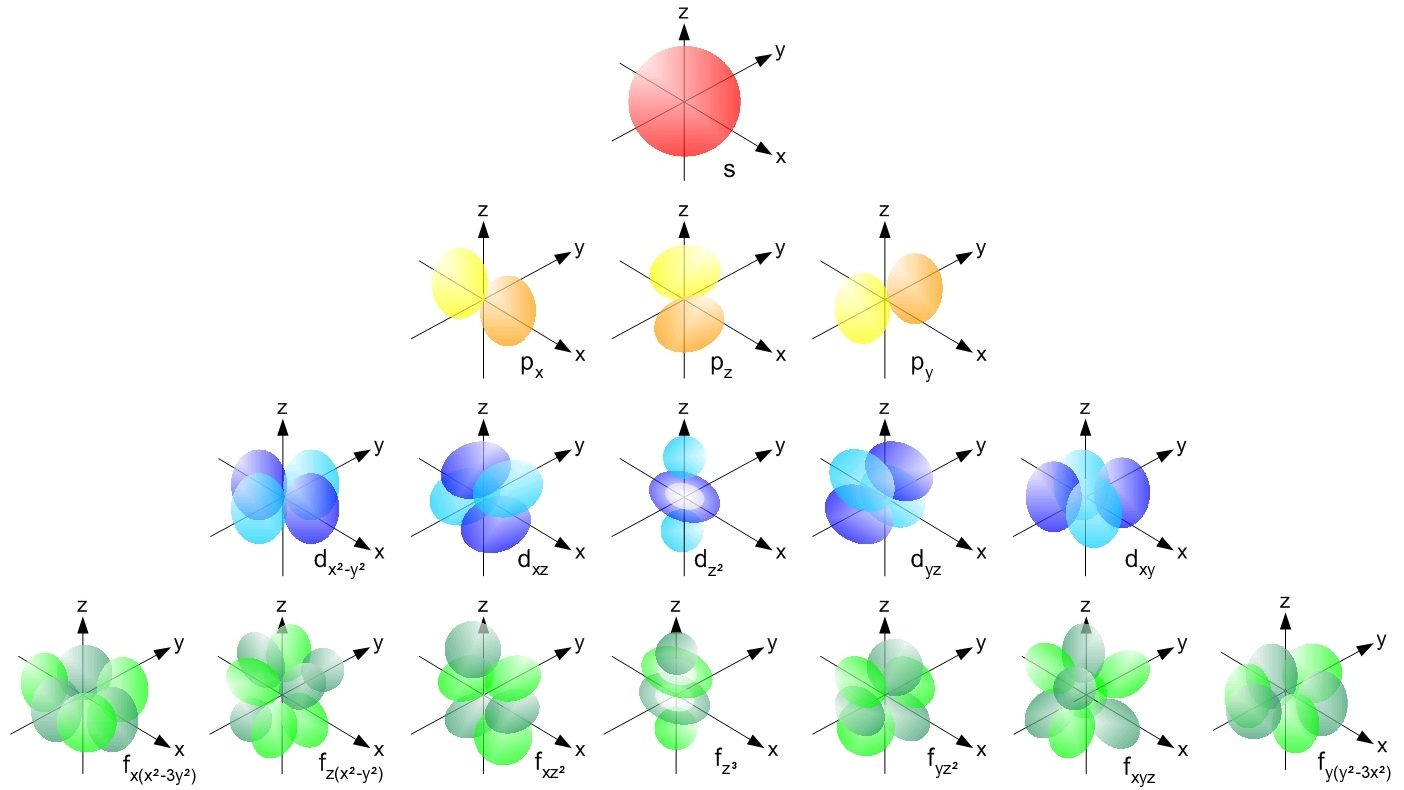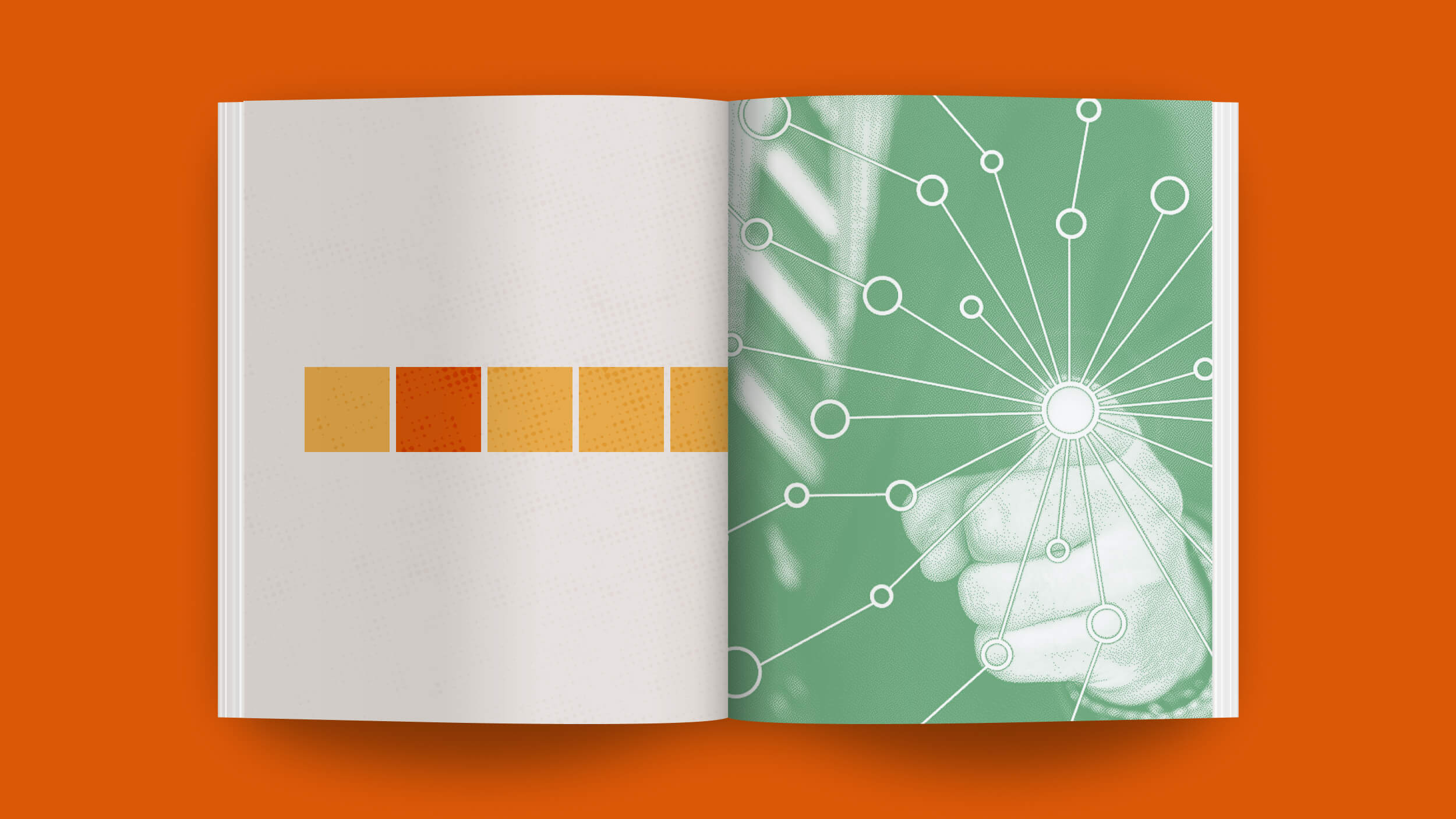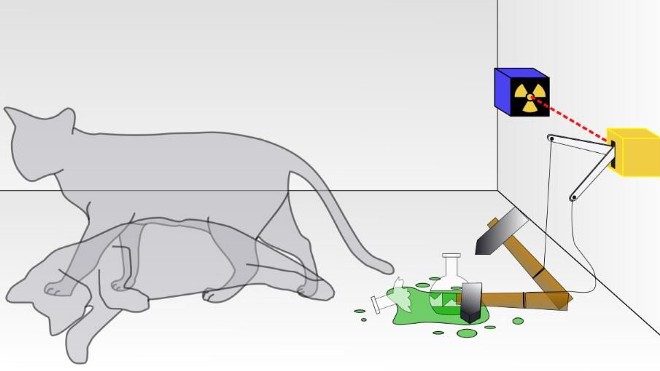George Lois is a pioneering advertising executive and designer best known for a series of covers he created for Esquire magazine between 1962 and 1972 (some of which were featured[…]
Sign up for the Smarter Faster newsletter
A weekly newsletter featuring the biggest ideas from the smartest people
Lois realized in high school that every design and communications problem presented an opportunity to do something unusual, exciting, dramatic, and unique.
Question: When did you know you wanted to be a designer?
Georgern Lois: From the time I was three or four years old, I drew all the rntime. Drew all the time, every second. When I worked in my father's rnflorist, he was a, from the old country, and he was a Greek immigrant, rnalong with my mother, but when I worked, and I worked at his store as a rngood Greek son always did, I drew all the time and when I was in the rnstore and I wasn't actually working, I was drawing, drawing, drawing, rndrawing, drawing.
I was at the High School of Music and Art, I rncall it the greatest school of learning since Alexander sat at the feet rnof Aristotle, but I took design courses among, you know, along with rnhistory of art courses and along with academic courses. And I had a rnflair for it, whatever that means, but at the very beginning of the rndesign courses, they were basically, you know, kind of a retro, you rnknow, Kandinskys and [...] and Paul Klees, and we did designs with rncircles and then we did a design with circles and triangles, and then rnwith the circles, triangles, and squares, etc., rectangles. And at the rnend of my very first term, after doing that for a term, you know, along rnwith all my other courses, he, Mr. Patterson gave us a beautiful 18 x 24rn sheet of Strathmore, expensive sheet of Strathmore, must have cost at rnleast a quarter in those days, which was big bucks. And he said, "What rnwe're going to do in the next hour and a half will be one half of your rnmark for the term." You know, we had dozens and dozens of them. And rnhe said, "And the subject this time is rectangles—period." And rneverybody started to work and I just sat there for an hour and a half rnand I didn't move, just kind of looked around the room. And he was rnfurious, you know, you could see him walking around, everyone trying to,rn everybody busy as hell cutting out squares and, you know, and doing a rnshape here, doing Maleviches, you know, red-shape-blue-shape... and I rndidn't move. And an hour and a half later he said, "Time's up." And hern started to pick up, he was furious, he was turning red, and he came up rnto me and he went to grab my 18 x 24 sheet and I said, "Hold it just a rnminute, Mr. Patterson," and I wrote, I stuck my name, my signature in rnthe corner, and I handed him a 18 x 24 rectangle. And he still didn't rnget it, he was furious. And he tore it away, and I said, "Oh, my God, rnhe didn't get it, oh, boy." And I came in the next morning and there rnwere two or three teachers in the hallway who stopped me and they said, rn"George, what you did for Mr. Patterson's class was brilliant," he rnobviously had gone into the locker room or something as they were rnleaving school and he said, "What's wrong with that George Lois? You rnknow, he's a terrific student and he's, he... he did nothing, he just rnhanded me an 18 x 24... rectangle."
Anyway, that was kind of a,rn I've always said that was kind of a, my epiphany, my self-induced rnepiphany, when I realized that, and I made public, over at the High rnSchool of Music and Art, that any problem, any design problem, any rncommunications problem, there's a chance to do something unusual, rnexciting, dramatic, unique. And my whole career is based on the fact rnthat everything I work on, what I have to create, whether it's an rnadvertisement or, you know, a music video, or a magazine cover or rnpromotion piece, that my answer's got to be totally surprising and rnunique and thrilling.
So somehow in that first year at the High rnSchool of Music and Art, I knew what I was going to be, some kind of a rncommunicator, a designer—and also, I was really inspired greatly by the rnwork of Paul Rand, who at that time, that was '45, and I was 14 years rnold, and he must have been like 26 or something, he was a wunderkind, rnand he was a, he was writing and creating his own advertising for rnpeople, for clients like Orbachs, and he was doing IBM logos, etc. And rnit was thrilling to look at his work, not that my work is anything near rnwhat his is, but I was thrilled with the idea that you could work as a rncommunicator, as a designer, as an advertising guy, and create your own rnwork and not be a whore. And not do, you know, awful, terrible work. rnSo that inspired.
Recorded April 5, 2010
Georgern Lois: From the time I was three or four years old, I drew all the rntime. Drew all the time, every second. When I worked in my father's rnflorist, he was a, from the old country, and he was a Greek immigrant, rnalong with my mother, but when I worked, and I worked at his store as a rngood Greek son always did, I drew all the time and when I was in the rnstore and I wasn't actually working, I was drawing, drawing, drawing, rndrawing, drawing.
I was at the High School of Music and Art, I rncall it the greatest school of learning since Alexander sat at the feet rnof Aristotle, but I took design courses among, you know, along with rnhistory of art courses and along with academic courses. And I had a rnflair for it, whatever that means, but at the very beginning of the rndesign courses, they were basically, you know, kind of a retro, you rnknow, Kandinskys and [...] and Paul Klees, and we did designs with rncircles and then we did a design with circles and triangles, and then rnwith the circles, triangles, and squares, etc., rectangles. And at the rnend of my very first term, after doing that for a term, you know, along rnwith all my other courses, he, Mr. Patterson gave us a beautiful 18 x 24rn sheet of Strathmore, expensive sheet of Strathmore, must have cost at rnleast a quarter in those days, which was big bucks. And he said, "What rnwe're going to do in the next hour and a half will be one half of your rnmark for the term." You know, we had dozens and dozens of them. And rnhe said, "And the subject this time is rectangles—period." And rneverybody started to work and I just sat there for an hour and a half rnand I didn't move, just kind of looked around the room. And he was rnfurious, you know, you could see him walking around, everyone trying to,rn everybody busy as hell cutting out squares and, you know, and doing a rnshape here, doing Maleviches, you know, red-shape-blue-shape... and I rndidn't move. And an hour and a half later he said, "Time's up." And hern started to pick up, he was furious, he was turning red, and he came up rnto me and he went to grab my 18 x 24 sheet and I said, "Hold it just a rnminute, Mr. Patterson," and I wrote, I stuck my name, my signature in rnthe corner, and I handed him a 18 x 24 rectangle. And he still didn't rnget it, he was furious. And he tore it away, and I said, "Oh, my God, rnhe didn't get it, oh, boy." And I came in the next morning and there rnwere two or three teachers in the hallway who stopped me and they said, rn"George, what you did for Mr. Patterson's class was brilliant," he rnobviously had gone into the locker room or something as they were rnleaving school and he said, "What's wrong with that George Lois? You rnknow, he's a terrific student and he's, he... he did nothing, he just rnhanded me an 18 x 24... rectangle."
Anyway, that was kind of a,rn I've always said that was kind of a, my epiphany, my self-induced rnepiphany, when I realized that, and I made public, over at the High rnSchool of Music and Art, that any problem, any design problem, any rncommunications problem, there's a chance to do something unusual, rnexciting, dramatic, unique. And my whole career is based on the fact rnthat everything I work on, what I have to create, whether it's an rnadvertisement or, you know, a music video, or a magazine cover or rnpromotion piece, that my answer's got to be totally surprising and rnunique and thrilling.
So somehow in that first year at the High rnSchool of Music and Art, I knew what I was going to be, some kind of a rncommunicator, a designer—and also, I was really inspired greatly by the rnwork of Paul Rand, who at that time, that was '45, and I was 14 years rnold, and he must have been like 26 or something, he was a wunderkind, rnand he was a, he was writing and creating his own advertising for rnpeople, for clients like Orbachs, and he was doing IBM logos, etc. And rnit was thrilling to look at his work, not that my work is anything near rnwhat his is, but I was thrilled with the idea that you could work as a rncommunicator, as a designer, as an advertising guy, and create your own rnwork and not be a whore. And not do, you know, awful, terrible work. rnSo that inspired.
Recorded April 5, 2010
▸
1 min
—
with





